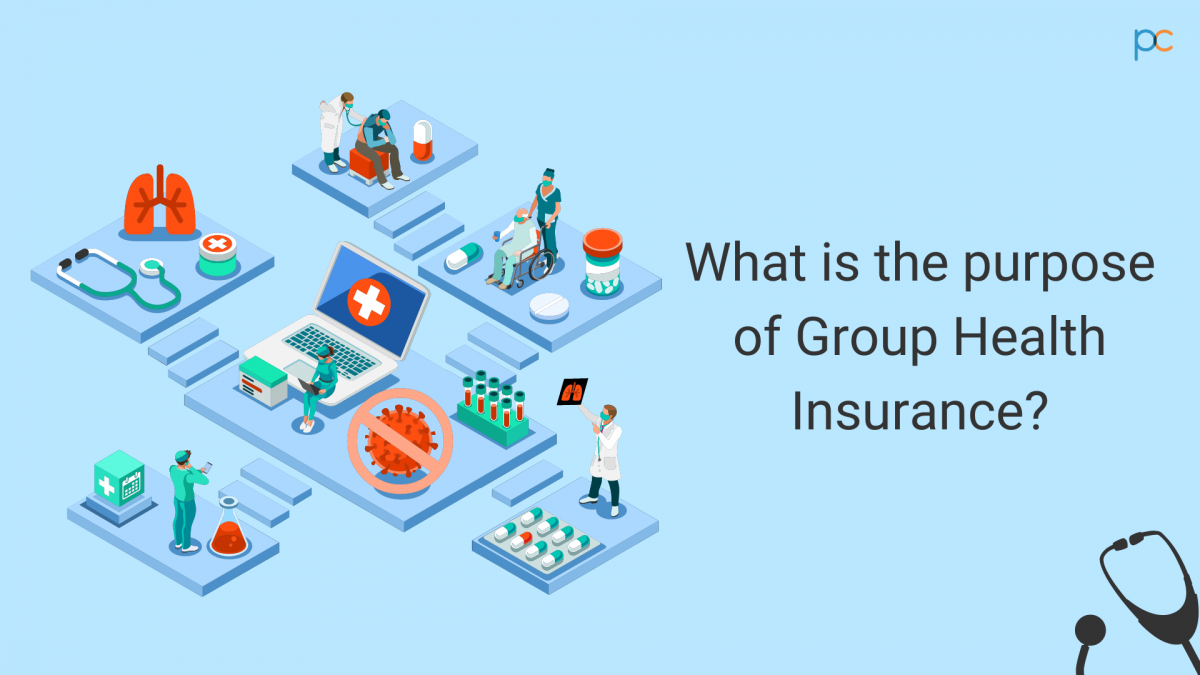7 Simple Techniques For Pacific Prime
7 Simple Techniques For Pacific Prime
Blog Article
The smart Trick of Pacific Prime That Nobody is Talking About
Table of ContentsLittle Known Facts About Pacific Prime.Pacific Prime Fundamentals ExplainedPacific Prime Can Be Fun For EveryoneSome Known Details About Pacific Prime Our Pacific Prime PDFs

This is due to the fact that the data were accumulated for a duration of strong financial performance. Of the approximated 42 million individuals who were uninsured, almost concerning 420,000 (regarding 1 percent) were under 65 years old, the age at which most Americans become qualified for Medicare; 32 million were grownups between ages 18 and 65, around 19 percent of all adults in this age; and 10 million were youngsters under 18 years of age, concerning 13.9 percent of all children (Mills, 2000).
These quotes of the number of individuals without insurance are generated from the yearly March Supplement to the Current Populace Survey (CPS), performed by the Census Bureau. Unless or else noted, nationwide quotes of people without medical insurance and percentages of the population with various type of protection are based on the CPS, one of the most extensively used resource of estimates of insurance coverage and uninsurance rates.
Pacific Prime - Truths

Still, the CPS is especially helpful due to the fact that it produces annual price quotes reasonably swiftly, reporting the previous year's insurance protection approximates each September, and because it is the basis for a consistent set of price quotes for more than 20 years, allowing for evaluation of patterns in protection over time. For these factors, in addition to the comprehensive use the CPS in various other studies of insurance policy protection that exist in this record, we count on CPS quotes, with limitations noted.

The estimate of the variety of uninsured individuals broadens when a population's insurance policy condition is tracked for several years. Over a three-year duration starting early in 1993, 72 million individuals, 29 percent of the united state population, lacked protection for a minimum of one month. Within a solitary year (1994 ), 53 million people experienced at least a month without protection (Bennefield, 1998a)
Six out of every 10 uninsured grownups are themselves utilized. Although working does boost the chance that a person and one's family participants will have insurance, it is not a warranty. Even participants of families with two full-time wage income earners have practically a one-in-ten chance of being without insurance (9.1 percent without insurance price) (Hoffman and Pohl, 2000).
The Of Pacific Prime
New immigrants account for a significant percentage of individuals without health insurance coverage. One analysis has attributed a substantial part of the current development in the dimension of click this link the U.S. without insurance population to immigrants who showed up in the country between 1994 and 1998 (Camarota and Edwards, 2000). Recent immigrants (those that pertained to the United States within the past four years) do have a high rate of being uninsured (46 percent), but they and their children make up simply 6 percent of those without insurance nationally (Holahan et al., 2001).
The relationship between health insurance coverage and access to care is well established, as recorded later on in this chapter. Although the relationship between wellness insurance and wellness outcomes is neither straight neither simple, a comprehensive scientific and wellness services research study literature links medical insurance protection to enhanced access to care, better top quality, and boosted individual and population health status.
Degrees of analysis for taking a look at the impacts of uninsurance. This discussion of medical insurance coverage focuses primarily on the U.S. populace under age 65 due to the fact that practically all Americans 65 and older have Medicare or other public protection. Additionally, it concentrates especially on those without any health insurance coverage for any size of time.
The 6-Minute Rule for Pacific Prime
The problems dealt with by the underinsured are in some aspects comparable to those faced by the without insurance, although they are typically much less extreme. international health insurance. Uninsurance and underinsurance, nonetheless, entail clearly various policy issues, and the approaches for addressing them may differ. Throughout this research study and the 5 reports to comply with, the primary focus gets on persons without health and wellness insurance policy and hence no help in paying for healthcare beyond what is available with charity and safeguard institutions
Health insurance is an effective variable impacting receipt of care because both clients and physicians respond to the out-of-pocket rate of solutions - https://www.openlearning.com/u/freddysmith-sba6sp/. Health insurance, however, is neither necessary neither enough to get access to medical solutions. The independent and straight impact of health insurance policy protection on access to wellness solutions is well established.
Others will certainly acquire the healthcare they require also without medical insurance, by paying for it expense or seeking it from service providers who use treatment free or at very subsidized prices. For still others, health and wellness insurance alone does not ensure invoice of treatment due to the fact that of various other nonfinancial barriers, such as a lack of healthcare service providers in their community, minimal access to transport, illiteracy, or etymological and cultural differences.
More About Pacific Prime
Formal study about without insurance populaces in the United States dates to the late 1920s and early 1930s when the Committee on the Cost of Treatment created a series of reports concerning financing physician office check outs and hospitalizations. This problem came to be salient as the varieties of medically indigent climbed up during the Great Clinical depression.
Report this page